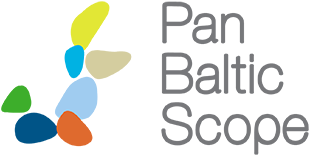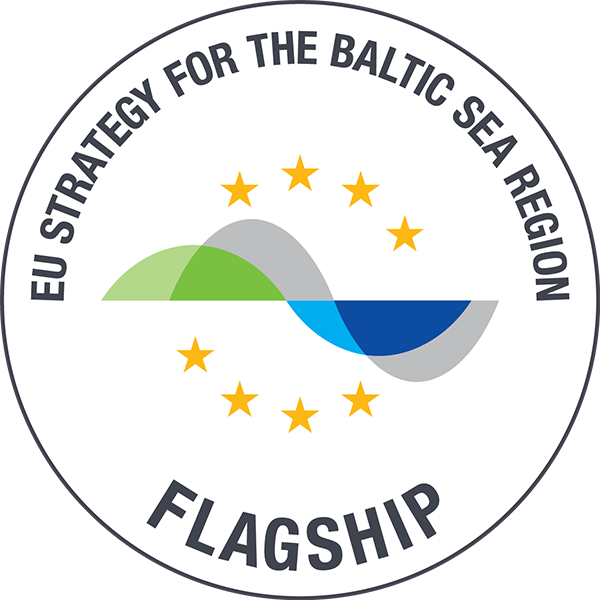Maritime Spatial Planners, Energy sector representatives, fishers, regional and municipality representatives and environmental organizations met on 26-27 March in Umeå to discuss the current status and the future needs and possibilities of the Gulf of Bothnia (GoB). As Finland, Åland, and Sweden (FIAXSE) share the GoB the three “nations” need to plan developments together for a better and a more sustainable future.
What can we learn from previous/current MSP projects?
To better map the future trends and needs, we decided to present and discuss previous and present MSP related projects (Plan Bothnia, Baltic SCOPE, Baltic LINes, SeaGIS 1+2.0, ECOnnect, Plan4Blue, BONUS BASMATI) that cover more substantial parts of the Baltic Sea Region during the first dayof the meeting. Many current projects do not, however, focus on the GoB and therefore the Gulf usually gets left out from future development possibilities. Pan Bothnia, SeaGIS 1 & 2, and ECOnnect are the projects that have mapped and presented current sea uses in the GoB.
Exploring possible futures with a focus on energy and fishing
The Second day of our Public meeting focused on sector needs and visions for future developments. A few of the questions that were raised during our workshops and meeting were:
• What are the requirements for designating off-shore wind farms in the Baltic Sea?
• How much wind-farm production can we produce in the Gulf of Bothnia?
• How does the development of wind-farms affect other sectors such as fishery?
• How can we use maritime spatial planning to support sustainable and coastal and traditional fishing?
• What can we learn from previous development projects effects on other sectors?
Tools that we used
During our workshop, different methods were used to engage and activate the audience in the discussions and to collect knowledge where there were data gaps.
• The traffic-light method was used after presentations to initiate discussions based on opinions and if the future recommendations and were good as they are (green) or if they could be improved somehow (yellow), or if they disagree entirely (red).
• The Baltic Explorer Tool from the Bonus Basmati project was used to visualize current data and plans in the Gulf of Bothnia, and to engage the audience to discuss and draw new layers onto a server-based map.
• Inspirational presentations and Panel discussions with experts were used to discuss relevant topics and ask future needs and possibilities from sector representatives, and how sectors can benefit from good MSP projects.
• World Café – building a collaboration network by writing down contact points at National, Regional, and local levels were used so that planners know whom to contact and involve in the MSP processes in the GoB. A visualization of the built collaboration network will be presented in the Final product of the FIAXSE activity.
• Mentimeter was used to ask questions interactively so that the audience could answer from their phones and give feedback on our workshop.
Based on the collected responses we received during our Mentimeter workshop, Stakeholder involvement and co-operation should be prioritized to improve MSPs even if they require much effort. Therefore, our activity aims to build long-lasting collaboration networks between planners and stakeholders in the Gulf of Bothnia, not only to understand each other and each other’s needs but also to help one another for a shared, sustainable future.
Together, we can make better plans for the Gulf of Bothnia!
















